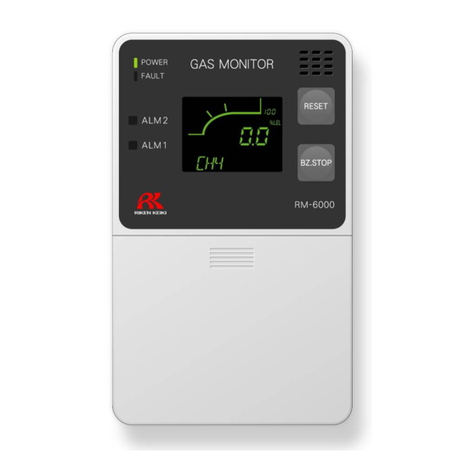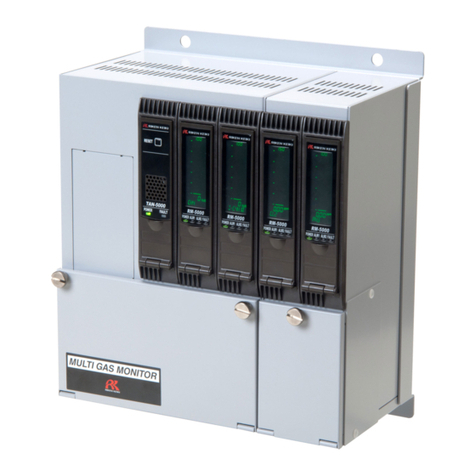
INDEX
1.PRODUCT OUTLINE
1-1. In the beginning …………………………………………… 3
1-2. Application for use ………………………………………… 3
1-3. Identification of each cautional marks ……………………… 3
2.IMPORTANT INSTRUCTION FOR THE SAFETY
2-1. Danger items………………………………………………… 4
2-2. Warning items………………………………………………… 4
2-3. Caution items………………………………………………… 5
3.PRODUCT FUNCTION
3-1. External drawing……………………………………………… 6
3-2. Appearance…………………………………………………… 6
3-3. Panel cut-out dimensions………………………………………7
3-4. Name of each part and function……………………………… 8
3-5. Block diagram………………………………………………… 9
4.HOW TO USE
4-1. Before operation……………………………………………… 10
4-2. Mounting/dismounting procedure……………………………… 10
4-3. Installation place……………………………………………… 11
4-4. Caution in the system engineering…………………………… 12
4-5. Grounding……………………………………………………… 15
4-6. Wiring………………………………………………………… 16
5.OPERATION METHOD
5-1. Start-up……………………………………………………… 17
5-2. Basic performance flow………………………………………. 17
5-3. Start-up method
5-3-1. Power on…………………………………………… 18
5-4. Explanation of performance (Detection mode)
5-4-1. Display action……………………………………… 19
5-4-2. External output action……………………………… 21
5-5. Maintenance and adjustment
5-5-1. Maintenance mode………………………………… 22
5-5-2. Confirmation of alarm level………………………… 23
5-5-3. Change of alarm level……………………………… 23
5-5-4. Confirmation of address…………………………… 24
5-5-5. Confirmation of peak hold level…………………… 24
5-5-6. Alarm test………………………………………… 25
5-6. How to finish operation……………………………………… 26
6.KIND OF ALARM AND ITS FUNCTION
6-1. Kind of alarm………………………………………………… 27
6-2. Gas alarm…………………………………………………… 27
6-2-1. Gas alarm action…………………………………… 27
6-2-2. Counter action at gas alarm………………………… 28
6-2-3. Gas alarm possibility except the case of gas detection28






























